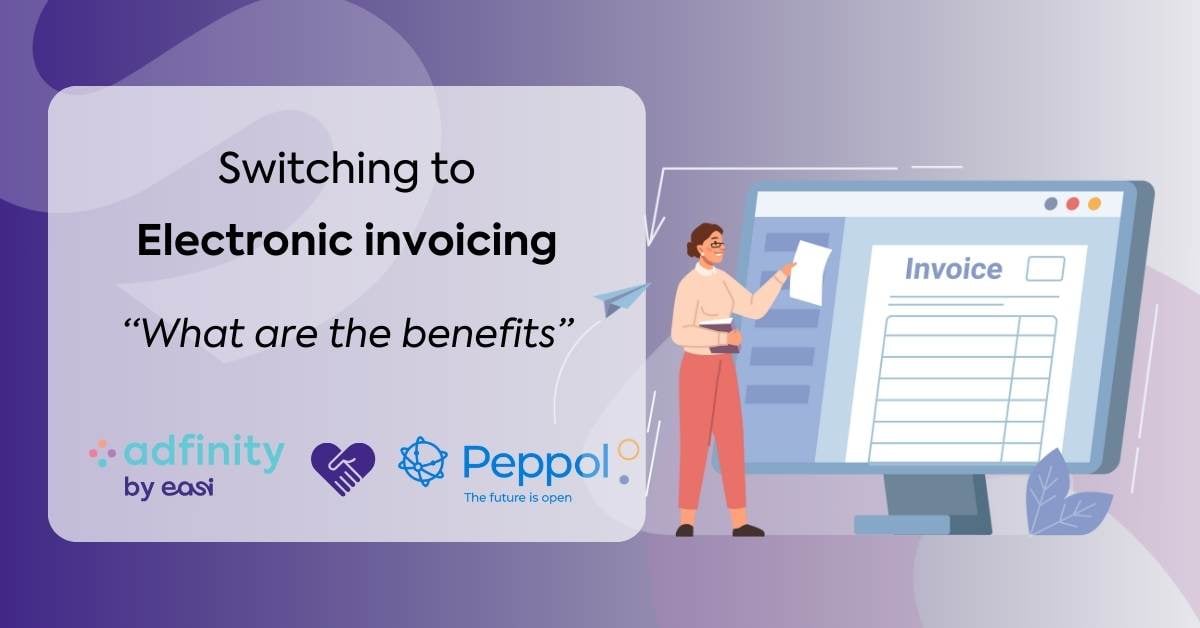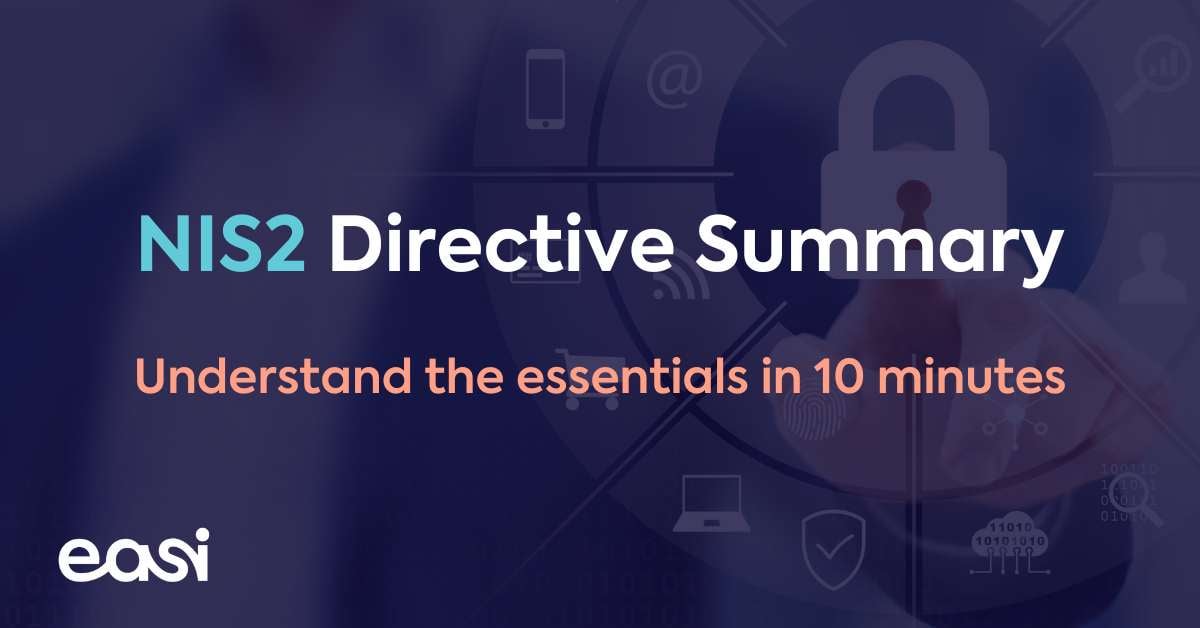Data preservation, such as archiving and backup, is an important task of the modern IT environment. Archiving is often considered to be the last resort for data that need to be kept. The organisation does not plan on using these data in the near future, but needs to save them because of government regulations for example. Backup is used to store data you want to save, in order to ensure that they will not be lost when technical disaster strikes.
Whether it concerns data you want to save or data you need to save, every organisation is faced with challenges surrounding archiving and backup. There are many limitations that you might encounter when using traditional archive and backup systems. Which of the following limitations do you see within your organisation?
Traditional archiving
Traditional archiving tends to be very complex, existing of many different systems, servers or silo’s. For IT departments it can become very difficult to keep a clear overview of which data is archived where. Often, data is needlessly duplicated and archiving systems are not used to their full potential. This results in unnecessary costs and investments. Also, new security regulations and threats ask for modern data protection. Traditional archiving is not equipped to fit the modern security needs or to safely expand to the cloud.
Traditional backup
Traditional backup is often very slow and can have a large impact on the application performance. While the amount of data within your organisation is growing, backup windows and budgets are shrinking. If your backup is in a bad state now, it will most likely only get worse in the future. Seeing as the amount of data will only keep growing, your backup system will need to expand. More servers and more data will make the backup environment needlessly complex and very costly. Moreover, traditional backup is vulnerable. Are you sure your system can actually recover your data in case of an emergency?





